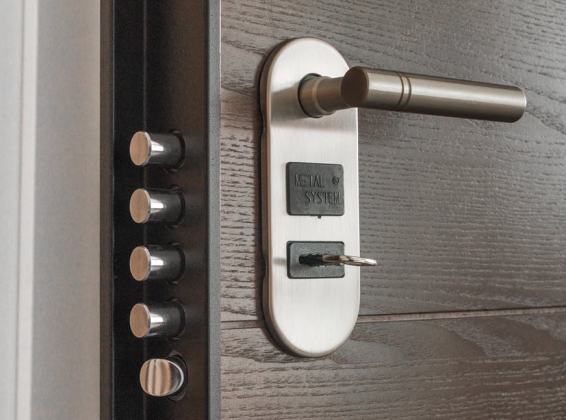This Trade Illustrates Power, Safety of Debit Spreads

On Tuesday of this week, our Debit Spread Trader advisory service locked in a 26% gain on a debit spread. While it may not have been a massive winner by option traders that take on directional, one-dimension trades, given the minimal risk we took on with the trade -- not to mention the fact that we only held the position for a couple of days -- it's just another nice score for DST subscribers.
More important, however, the trade serves as a wonderful illustration of how debit spreads work, and how we do so well with them.
This post-mortem of the 3M (MMM) spread trade assumes you have at least a basic understanding of options. If you don't yet, you may want to start out by looking at these pages for beginners.
Everyone else looking to learn more about spreads, and debit spreads in particular, read on.
The short version of a long story: A call debit spread is a bet on a stock or index moving higher. Just like the purchase of a single call option, the spread will gain in value if the underlying stock or index rises. Unlike a traditional purchase of a call option contract though, we're not buying two different calls. In a spread trade, we're buying one call, and selling another with a different strike price, WITH THE INTENT OF LOSING MONEY ON THE CALL WE'VE SHORTED. The idea is simply making more money on the long call than we lose on the short call. The short call is in effect an insurance policy, and like all insurance policies, you pay for the protection.
In this case, with 3M shares trading at $228.40 back on Thursday, November 9th, we issued these instructions:
Buy to open the 3M Co. (MMM) November monthly (11/17) 225 calls (MMM 171117C225) and SIMULTANEOUSLY sell (short) to open the 3M Co. (MMM) November monthly (11/17) 230 calls (MMM 171117C230) for a net debit of 3.10 or better.
The debit just means we have to pay to enter the trade. We aim to exit the trade at a higher net price between the two options in question. At the time, we were able to sell the 230 calls for $2.35, and buy the 225 calls at a price of $5.42, for a net cost of $3.07. That's $307 per contract.
The long 225 calls will obviously increase in value if MMM rises, as will the 230 calls. But, in that the 225 calls are deeper in the money than the 230 calls (and have a higher delta value), they'll gain in value at a faster rate than the 230 calls will gain in value. In fact, the 225 calls were about 50% more sensitive to changes in the price of MMM than the 230 calls were.
Three trading days later when MMM shares hit a price near $229.40, the 225 calls were worth $6.25 each, while the 230 calls hit a value of $2.40. We bought back the short 230 calls at that price and sold the 225 calls we owned, pocketing the difference of $3.85. That means we collected proceeds of $3.85 per contract. Subtracting our initiation cost, or debit, of $3.07, we banked a net profit of 78 cents per share, or $78 per contract.
You can still lose money on a debt spread, just like you can on any single-option purchase. In this case we could have lost up to the initial $3.07 debit.... though we couldn't lose any more than that. Had we not been holding the short 230 calls though, we would have had to risk a total of $542 per call for the 225 contracts.
Yes, by shorting the 230 calls to offset our entry cost, we limited our upside. We also limited our downside though, and that's worth the trouble for some cases. It's just as fruitful to put nickels and dimes in your pocket on a consistent basis as it is to put a quarter or even a dollar in your pocket every now and then. That's the point, and power, of debit spreads. You're still a net owner of calls with call debit spreads, but you've offset much of your risk even if you've capped some reward.
And for the record, the approach works just as well with put options - a debit spread using put options lets you be a net bear, but with less downside at the trade-off of less upside. Just remember, with bear/put debit spreads, the put you're buying is the higher, "more in the money" strike price, while the short put option part of the spread trade is the one with the lower and "less in the money" strike price.
Still confused? One good way to figure out the mechanics of debit (and credit) spreads is by doing some on paper without actually risking nay of your actual capital until you get comfortable with them. Or better yet, become a subscriber to the Debit Spread Trader advisory service, and learn as you earn by watching Price Headley and his team deliver you crystal clear trading instructions.
